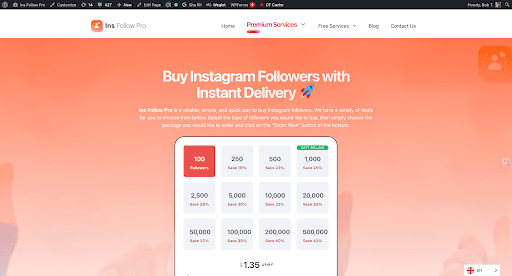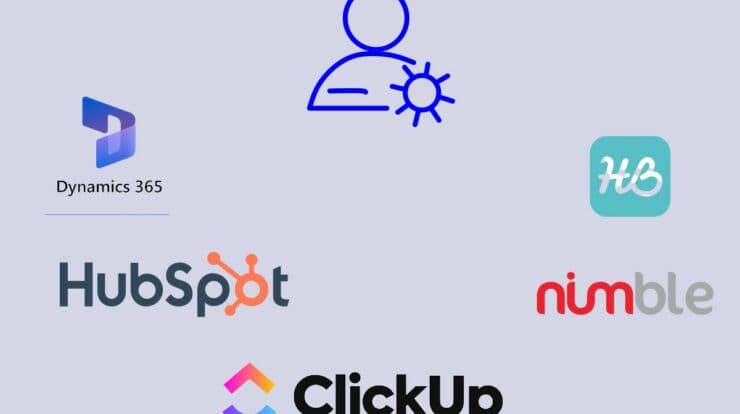
As the business world evolves every day, new SaaS companies emerge, creating a lot of competition for new consumers. SaaS is undoubtedly a growing industry, making it the most flexible form of software that creates a name for itself in the business sector.
Also, the number of membership payments and common software users has substantially expanded in the last several years, indicating that Saas is showing no signs of slowing off.
Knowing that the SaaS sector is rapidly expanding, you may wonder, in such a crowded industry, how will you compete, survive, and thrive? Suppose you want to be a part of this industry. In that case, you will need to understand the secrets of successful SaaS organizations and how a SaaS development company can significantly impact your software business.
While there is not a magic button that will make your business a success overnight, there are some tried-and-true actions you can take to give yourself the best chance. Discussed below are some of the strategies to achieve SaaS marketing growth.
Best 5 SaaS Growth Strategies
Software as a Service (SaaS), as explained, is a cloud-based service in which you access an application via an internet browser rather than downloading software on your desktop PC or office network to operate and update.
In the SaaS world, the absence of growth means death. Every industry is very competitive, with an ever-increasing number of software companies starting off, expanding, and maintaining market dominance season after season.
As a result, SaaS companies must be creative in their growth marketing strategies.
1. Provide free trial and freemium options
Free trials and freemium versions, like content marketing, weren’t established as a SaaS growth strategy, but they’ve quickly become an integral aspect of every SaaS product’s marketing plan.
The freemium model provides a completely free version of the program that does not have all of the features. Offers in the freemium space are usually divided into “limited feature” or “limited capacity” versions.
The limited feature models provide access to the product’s basic functions, but the user must upgrade to the paid version to access all of the product’s features.
On the other hand, the limited capacity models offer a free version to entice consumers into the funnel. Still, the number of things a customer can do with the product is limited. The number of users on a platform, storage space capacity, and the number of times a certain action can be performed is the most frequent limitations.
Moreover, the free trial is an alternative to a freemium offering, in which users are provided access to the whole product, including all bells and whistles, for a short period. Users or teams will be asked to pay to continue using the software once the trial time has expired.
2. Utilize referral marketing
While referral marketing is no longer a magic bullet, it is still a powerful strategy that all SaaS companies should employ. In fact, several studies have shown that customers seek out references and act on them. Referral marketing capitalizes on referrals’ natural, altruistic character by providing brands with the tools to reward and manage them at scale.
Referral marketing best practices are quite simple. People cherish suggestions from friends rather than advertisements. Allow users to recommend their friends as easily as possible, provide a great and appropriate incentive, and reward both parties.
3. Prioritize customer satisfaction
It is more vital to keep your customers than it is to have a large number of them. You should be aware of your target audience and how to communicate with them.
Having few customers who stick with you for a month is far more profitable than a hundred who depart after the first month.
In addition, most SaaS companies make the error of looking for discounts. It may appear that it draws more clients and increases your sales for a short time, but the audience that took advantage of your bargain isn’t going to stick around for long. After all, you’re not selling groceries, and you want your consumers to linger around for a while.
4. Build Social Media Strategy
Because, well, almost everyone is on social media, you know your clients are there. Knowing this, social media could be an excellent place to get direct feedback from individuals via comments or direct messages, as well as collect relevant data on them.
If you’re implementing a content marketing strategy, social media advertising could be a great way to get the word out about your company. They may also be a great way to communicate directly with potential clients, especially on sites like Facebook and Twitter. This form of one-on-one connection is quite beneficial. You can take advantage of their questions and comments to help you uncover problem spots, as well as give you ideas for new product features.
5. Start like a pro
We are all aware that first impressions are crucial. The same is true for software-as-a-service (SaaS) products. The impact of your product is determined by how it is launched. A great launch will undoubtedly propel your business forward.
Conclusion
Despite its complexity, SaaS is one of the most helpful and innovative solutions in today’s market.
You will definitely be overwhelmed by the competition without knowing a few critical aspects of growing a SaaS business. But, there is no need to be scared or overwhelmed. The concept underpinning SaaS isn’t complicated, and once you’ve grasped the fundamentals, you’re free to use your imagination.


